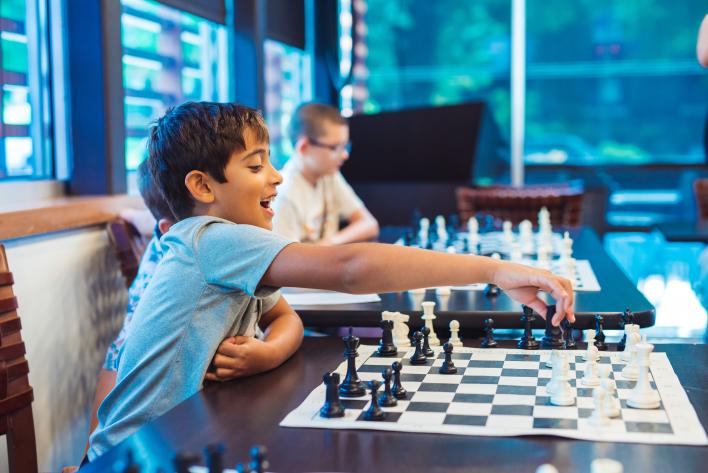
From our acronym C.H.E.S.S., there are a few more tips on creating a classroom culture that I’d like to share with you. The first ‘S’ stands for:
Set Up a System
Understanding a culture is knowing the do’s and the don’ts, as well as the typical cause and effect of behaviors that help one to get along. With ground rules already established, a system of rewards and consequences can easily be applied in your classroom.
For rules broken in the chess room, use of natural consequences that are sensical and connect directly to the mistake made, in my opinion, are best practice. It is obvious that a student may be given a short time-out from chess play. Also, I could ask them to:
-
Notate another student’s game
-
Bag sets of loose chess pieces
-
Observe other chess games and tell me where points of my lesson occur
A reward system is just as important in acknowledging the respect children show for your class rules. With rewards, they don’t have to derive directly from a specific rule or learning experience. In fact, a reward can just be something that a child likes, makes them feel noticed, and makes them feel appreciated for their behavior. You must be consistent and students will expect these responses and begin to govern their behavior accordingly. I have given chess workbooks for exceptional behavior, but children like candy, slime, and all sorts of other things that have nothing to do with chess. Additionally, you have to decide when to reward. So, here are some examples of different behaviors and accomplishments for which you could reward students:
-
Following instructions
-
Good Sportsmanship
-
Demonstration of the day’s lesson learned
Setting up your system of cause and effect will help your students to get along with the do’s and don’ts created by the culture in your classroom.


